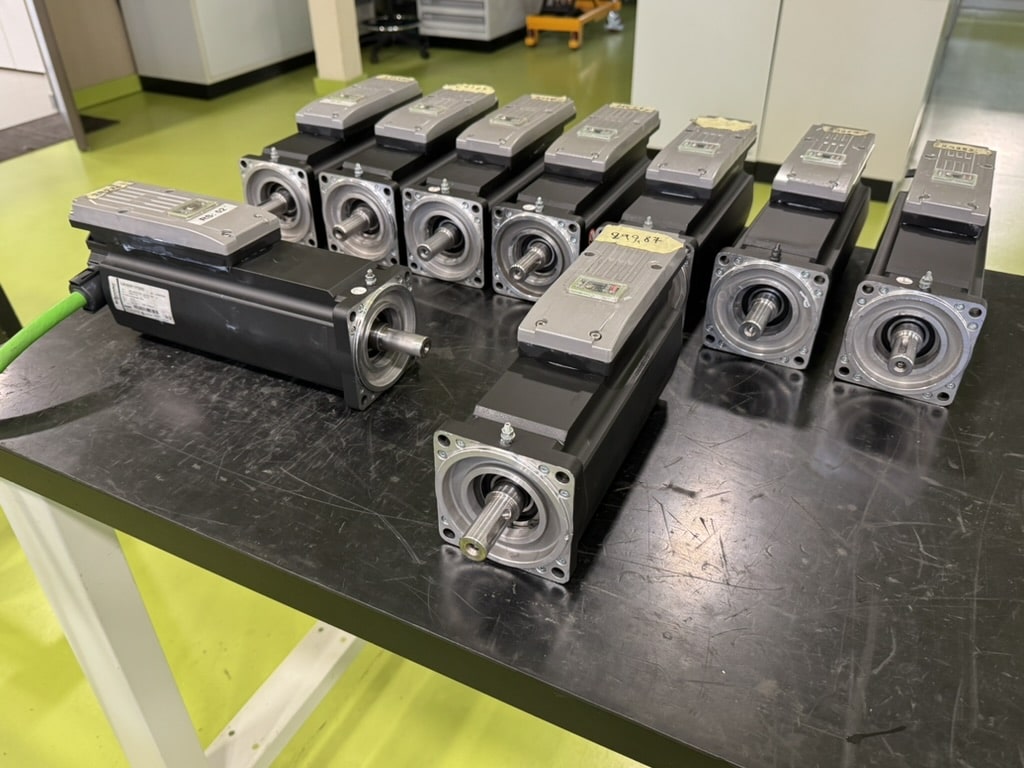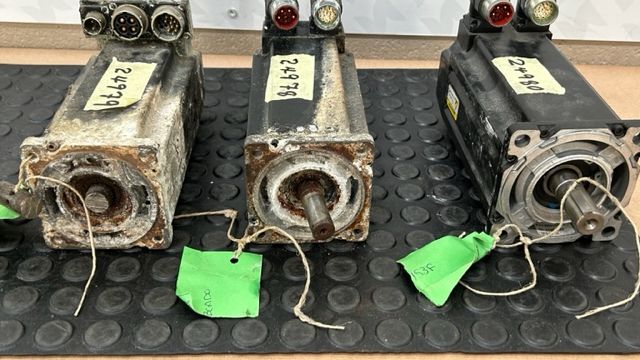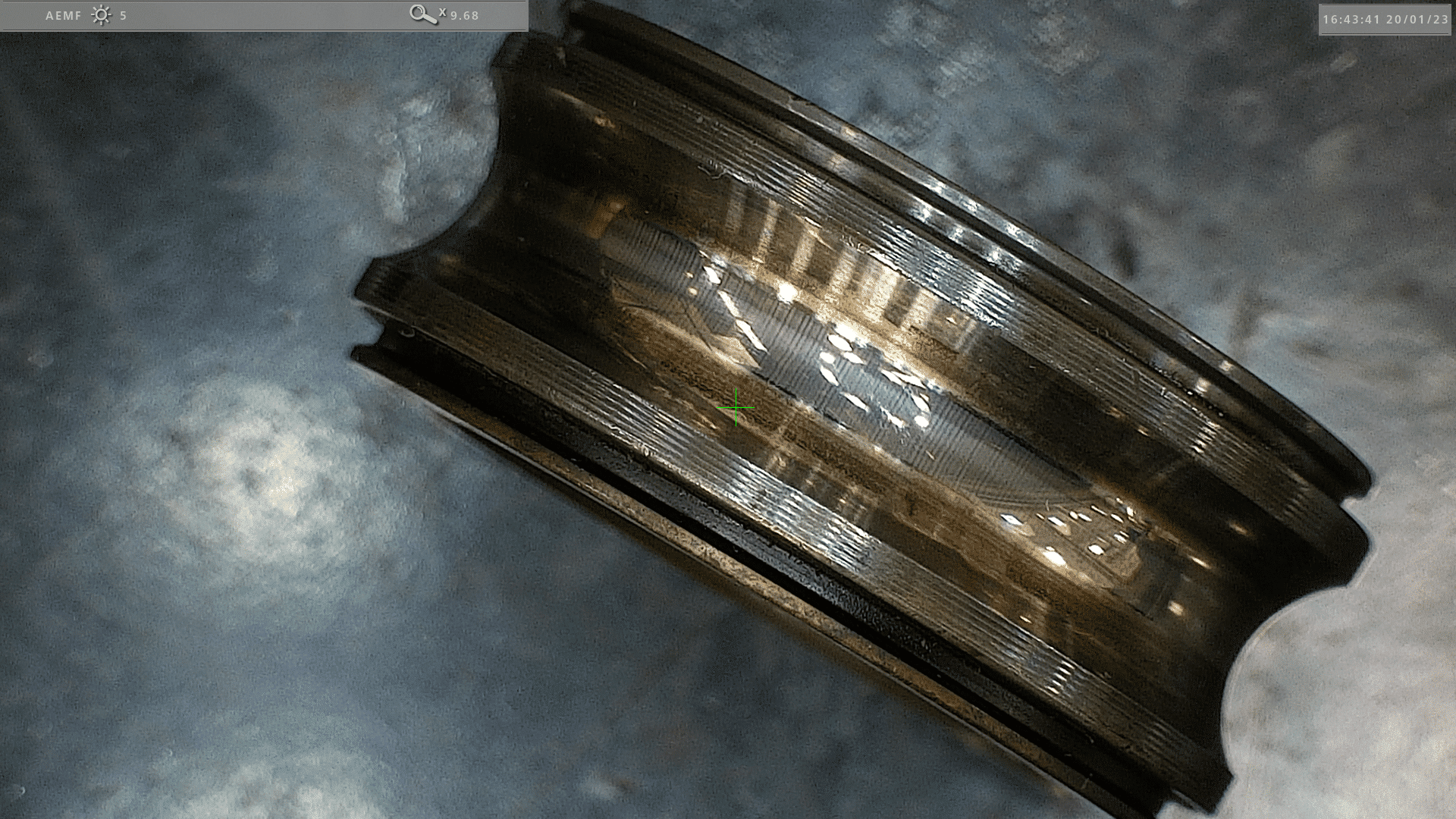Why a servomotor shaft can break?
A servomotor shaft can break due to a variety of mechanical, operational, or installation-related causes. Below are the most common reasons, categorized for clarity:
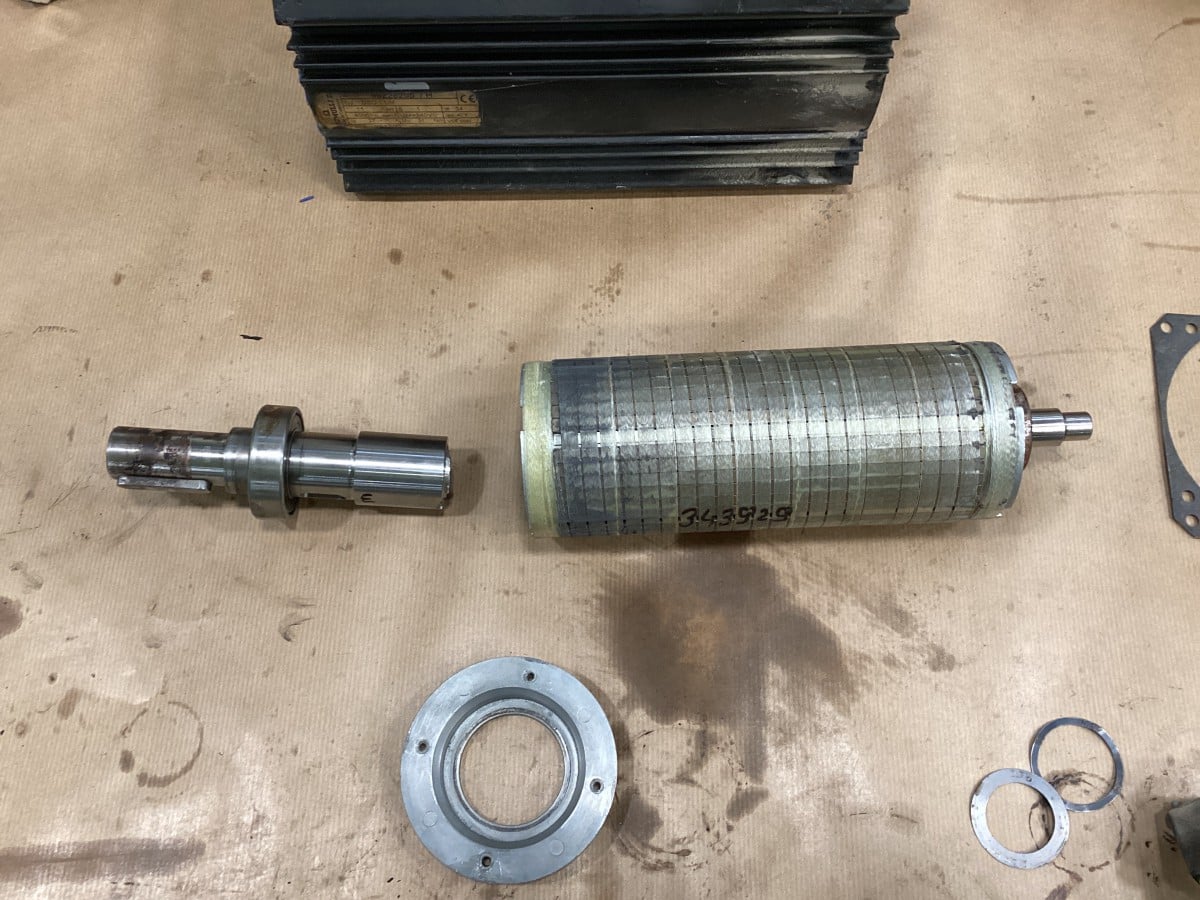
1. Mechanical Overload
-
Excessive torque beyond design limits can shear the shaft.
-
Sudden impact loads (e.g., emergency stops or collisions in CNC machines).
-
Repeated shock loading or high-inertia starts/stops without proper ramping.
2. Misalignment
-
Misalignment between the motor shaft and the driven load (e.g., gear, coupling, pulley) causes:
-
Uneven stress distribution
-
Shaft bending or fatigue over time
-
-
Common in poor mounting or incorrect installation practices.
3. Fatigue Failure
-
Cyclic stress over time, even if below yield strength, can cause crack initiation.
-
Common in applications with frequent reversals or load fluctuations.
-
Stress concentration points, such as keyways or sharp corners, accelerate fatigue.
4. Improper Coupling
-
Using rigid couplings in applications needing flexible ones transmits undue stress to the shaft.
-
Misuse of couplings that don’t accommodate slight misalignments or thermal expansion.
5. Sudden Stops or Faults in Drive System
-
Servo drives that lack proper deceleration profiles or safety braking mechanisms may induce shock torque.
-
Electrical faults causing uncontrolled motion or jamming can snap the shaft.
6. Poor Maintenance or Repair Practices
-
Reassembled incorrectly (e.g., improper bearing preload or excessive shaft loading).
-
Shaft damage during handling or bearing installation.
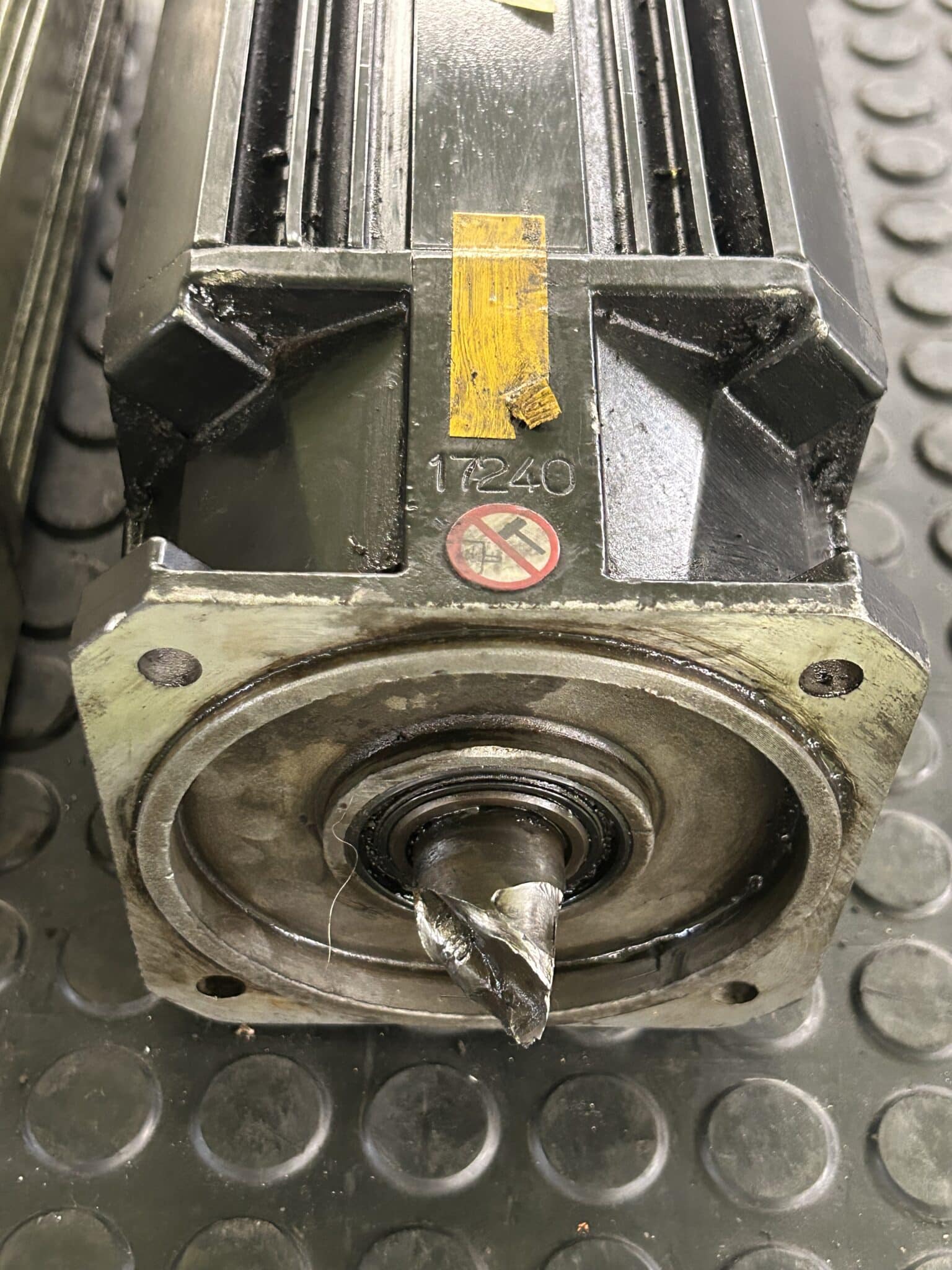

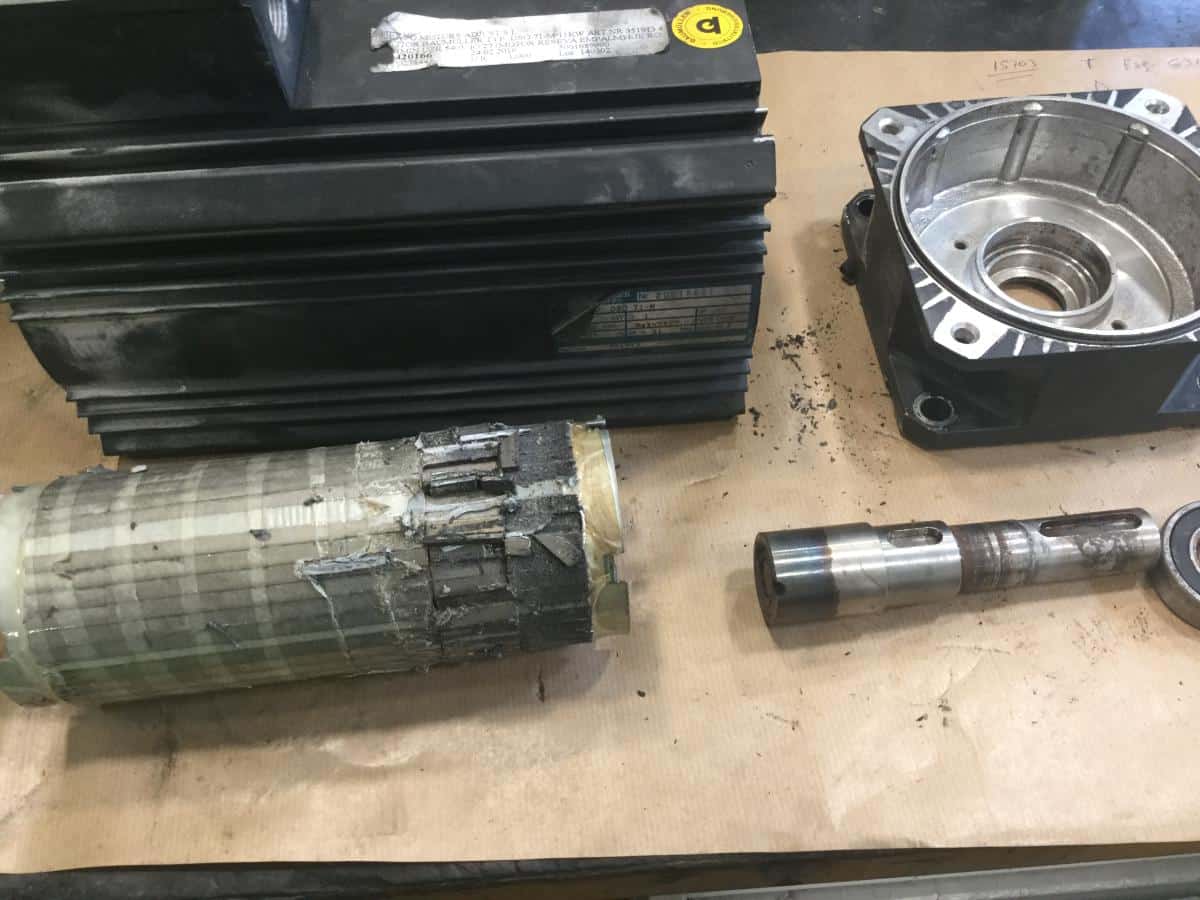
If you need a company specialising in servo motor repair, please do not hesitate to contact us.




